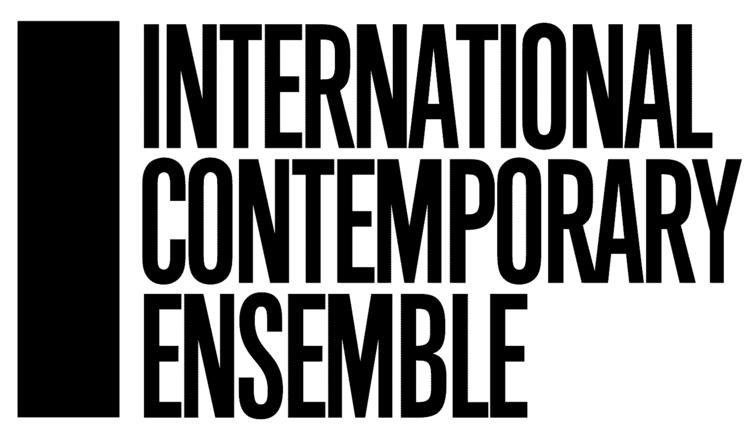Impressions from Row G
by Arlene and Larry Dunn (@ICEfansArleneLD)
ICE breathed fresh new life into Franz Schubert’s Octet in F major, D. 803a, a revered warhorse of classical chamber music, by infusing it with the paroxysmal music of George Lewis. ICE used this unique program to kick off its Chicago new year in a free concert under the Louis Comfort Tiffany dome in Preston Bradley Hall of the Chicago Cultural Center on Sunday, January 6, 2013. Adding special excitement to the concert, ICE CEO and Artistic Director Claire Chase told the crowd we were fortunate to have one of the composers in the house. “No, its not Franz Schubert,” she said, deadpanning that Franz “for some reason is not returning my calls. But we are honored to have Chicago music legend George Lewis here today with several members of his family.”
George introduced the program, saying he was intrigued when he first heard the idea of intermixing two of his highly improvisational compositions with the Schubert Octet, though not at all sure it would work. “But after hearing the combination in rehearsals,” he said, “I think that it all works marvelously well together.”
Composer George Lewis introducing the ICE program of his works combined with the Schubert Octet at Chicago Cultural Center
The Schubert Octet is grand chamber music of symphonic breadth and weight. It is too seldomly played, perhaps because its unusual orchestration does not fit any typical chamber group makeup, or maybe because of its length -- six movements lasting nearly an hour. George’s pieces Artificial Life and Shadowgraph 5 are as distant in conception from the Schubert as the nearly 200 years between their creations would indicate. But the flexibility in George’s scores makes the works highly malleable to the musicians’ intentions.
ICE musicians Rebekah Heller (bassoon), David Byrd-Marrow (horn), Josh Rubin (clarinet), Randy Zigler (bass), Maiya Papich (viola), Katinka Kleijn (cello), and David Bowlin and Erik Carlson (violins) used the same instruments called for in the Schubert to employ George’s works as a lens through which to examine the inner workings of the Octet. Beginning with Artificial Life (part I), the players dispersed to eight stations spread throughout the audience. This was our third hearing of the work, each radically different. This time, it featured far more melodic content, no doubt from being juxtaposed with the Schubert.
The octet then arrayed themselves in a circle at center stage, directly under the glittering Tiffany dome, to play the first two movements of the Schubert. Both the
contrasts and the connections were readily apparent, as if Artificial Life had showcased the raw materials which were then smelted into Schubert’s masterwork.
The ensemble then alternated segments of Shadowgraph 5 with two movements of Schubert, culminating in the Andante molto/Allegro. This stirring finale summed up the range of emotions assayed in the piece. Danger walked in via tremolo strings; the lighter allegro ensued, saying things might not be so grim after all. But wait, is danger still lurking? No, it’s OK...nothing we can’t handle. To close, the players returned to Artificial Life (part II), deconstructing all that had come before it into the bare elements of brass and wooden tubes with valves, hollow wooden boxes with stretched steel strings and horsehair bows.
Listening/Watching Tips:
•Watch members of ICE with guests Steve Lehman, Tyshawn Sorey, and Nicole Mitchell play George Lewis’ Artificial Life at Museum of Contemporary Art in Chicago on February 5, 2012.


